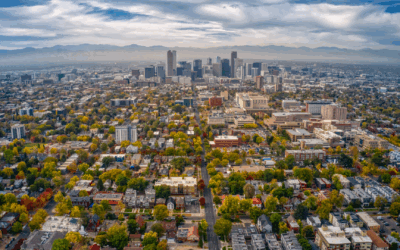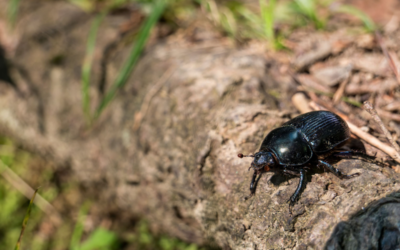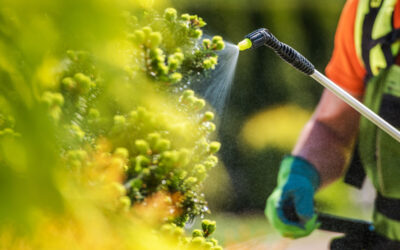America’s Christmas tree growers refer to their product as a “crop.” A seasonal crop, but a crop nonetheless. Like pumpkins at Halloween or sweet corn in August.
According to realchristmastrees.org, 25-30 million real Christmas trees are sold in the U.S. each year. That’s less than 10% of the 350 million real Christmas trees growing on tree farms in the United States. Another 60.5% of Americans opt for an artificial tree.
Sustainability culture has homeowners thinking hard about another option: Christmas trees that can be planted in the yard post-Christmas.
The Norfolk Island pine, native to the south Pacific, is one option. It must be misted regularly to replicate it’s natural South Pacific habitat. This species does not adapt to cold very well, and thus cannot be planted outdoors across most of the country, especially not Colorado.
First consideration when buying a potted Christmas tree is a compatible hardiness zone. Denver’s USDA Hardiness Zone is 5b-6a.
Size can be problematic depending on the location you intend to replant. Over years a successfully replanted Christmas tree will grow. Planted too close to the fence line or too close to the home’s foundation, the tree will cause issues. Plan where you plant based on the future size of the tree. And consider a dwarf tree vs. a full-size species.
Timing is essential. Experts recommend that a living tree not be inside more than 7 to 10 days as the warm air can break the tree’s winter dormancy making it impossible to survive outside when replanted.
While indoors, the tree should be kept at a distance from heating vents, fireplaces, or other heat sources.
Container-grown trees are optimum to over potted trees because they are started in the container as a seedling. Balled-and-burlapped trees have the highest success rate for replanting but are heavy, sometimes hundreds of pounds. Of course, the smartest approach is to call the experts Donovan Arborists.
Dig a hole 1.5 to 2 x larger than the diameter of the root ball. Keep the dirt removed from the hole in buckets in the garage…you’ll need this as backfill. Fill the hole with a plastic bag full of leaves to insulate it prior to planting. And just for safety, cover the hole with a board so that no one falls in while celebrating.
Before New Year’s Day, transition the tree from indoors to outside, place it in an unheated garage for a few days before moving the tree outdoors for good. Otherwise, the stress of temperature change can affect the replanting success. Cut away any wire around the root ball, and loosen the burlap.
After setting the tree in the hole, tamp down the saved backfill to avoid air getting into the root ball. That will result in freeze-drying the roots, killing your newly planted tree. Water the tree well and mulch with ground bark. Continue to water the tree regularly.
For all planting and tree removal, rely on Denvertrees.com. Donovan Arborists is regarded as the most reliable tree care pro in the metro area.




